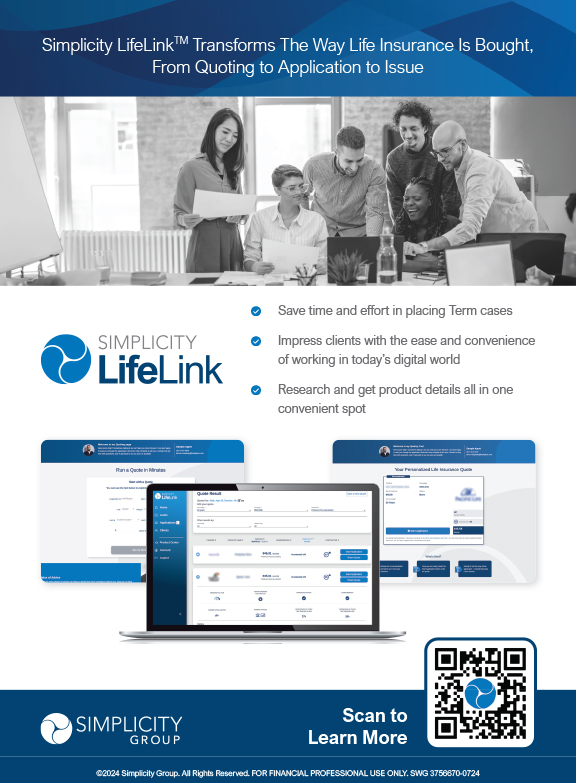What is the value of a life insurance policy when it is transferred from one policyowner to another policyowner?
Are there guidelines we can rely on to determine the value for income tax purposes, gift tax purposes or sale purposes, depending on the facts of the case?
These are questions that I am frequently asked. Treasury regulations and Internal Revenue Service (IRS) revenue procedures provide some guidance that can be relied upon in certain situations but not in others. Here’s a summary of typical fact patterns when policy ownership is transferred and a value needs to be determined for taxation on the transaction.
Policy Transfer from a Qualified Plan to a Participant
Final regulations on valuation of life insurance policies for income tax purposes became effective on August 29, 2005.
Internal Revenue Code (IRC), Section 402(a) and Treasury Regulation 1.402(a)-1(a) state that a policy must be valued at its “fair market value” when transferred from a qualified plan to a participant. Taxpayers must determine this “fair market value” taking into account cash surrender value, interpolated terminal reserve, and all other rights under the contract.
IRS then issued Revenue Procedure (RP) 2005-25, which describes the so-called “safe harbor valuation” method for income tax valuation. It states that fair market value for transfer from a qualified plan to a participant is the greater of: (1) the interpolated terminal reserve plus any unearned premium or (2) the so-called PERC amount multiplied by the average surrender charge factor which can be no less than 70 percent (a 30 percent discount).
The PERC amount is defined as (a) Premiums paid plus (b) Policy Earnings from dividend or interest crediting minus (c) Reasonable Charges for mortality and expense minus (d) withdrawals or partial surrenders.
Policy Transfer from an Employer to an Employee
The Final Regulations of August 29, 2005, also state that a policy must be valued at its “fair market value” when transferred from an employer to an employee under IRC Section 83 and TR 1.83-3(e). This employer to employee transfer is also covered in RP 2005-25, which described the “safe harbor valuation” method for income tax valuation.
Under RP 2005-25, the “fair market value” for transfer from an employer to employee is the greater of (1) the interpolated terminal reserve plus any unearned premium or (2) the PERC amount multiplied by the average surrender charge factor, which can be no less than 100 percent (a zero percent discount).
Policy Transfer from an Individual to a Third Party
When a policy is gifted to an irrevocable life insurance trust, final regulations of August 2005 and RP 2005-25 do not expressly address life insurance valuation for gift tax purposes. However, gift tax regulations have been in place for many years that provide a determination of value for gift tax purposes. TR 25.2512-6(a) states that if the gift is a policy on which further premiums are payable, the value for gift purposes is determined by adding the interpolated terminal reserve plus the value of the unearned portion of the last premium.
The amount of any policy loan outstanding at the time of the gift would be subtracted from this determined value.
Depending on the determined gift value of the policy, the taxpayer may need to file a U.S. Gift Tax Return Form 709 and allocate any available lifetime gift exemption to the transfer.
Sale of a Policy from One ILIT to Another ILIT
Sometimes a life insurance policy owned by an irrevocable life insurance trust (ILIT) may need to be transferred to another ILIT. Trustees of the ILITs have a fiduciary responsibility to beneficiaries of each trust. So, to accomplish a transfer from ILIT 1 to ILIT 2, the trustee of ILIT 2 will usually buy the policy from ILIT 1.
Questions often arise about the purchase price of the policy. There are no existing Treasury regulations which specifically define the value of a policy when such a sale is contemplated.
Clearly, it’s not a gift, so TR 25.2512-6(a) should not apply. Clearly, it’s not a transfer from a qualified plan to a participant or from an employer to an employee, so final regulations of August 2005 and RP 2005-25 should not apply.
The transfer in question here is clearly a sale of the policy. As with the sale of any asset between two parties in an “arms length” transaction, parties to the sale—trustees of each ILIT acting as fiduciaries—should be free to negotiate a reasonable price that would be acceptable to a willing buyer and willing seller.
It seems that a practical starting point to negotiate a reasonable selling price is either (1) the interpolated terminal reserve of the policy, as determined by gift tax rules above or (2) the PERC value, as determined by the income tax rules stated above. While neither of these methods is legally binding when determining the value of a policy for sale purposes, they can serve as a reasonable starting point for a negotiated sale price between the trustees of each ILIT.
In-force Policyholder Service Support from Carriers
All life insurance carriers have a policyholder service or contract services support unit for administration of in-force policies. Specialists within these carrier support units can calculate either the interpolated terminal reserve amount or the PERC amount for the policy in question. These internal carrier valuations will give an accurate indication of policy value for income tax purposes or gift tax purposes.
























